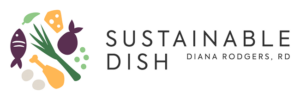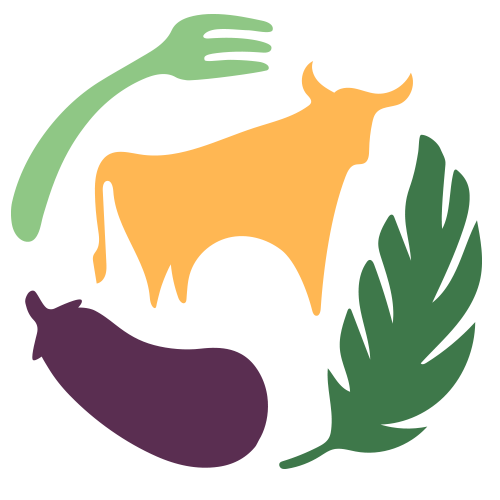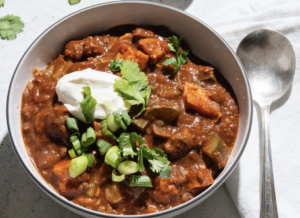Podcast (sustainable-dish-podcast): Play in new window | Download
On this episode of the Sustainable Dish Podcast I speak with Sara Place from the National Cattlemen’s Beef Association. We break down the components of life cycle assessments for cattle, and the impact on water, land use, and methane emissions.









1 thought on “Sustainable Dish Episode 99 : Beyond Burger vs. Real Burgers with Sara Place”
Great podcast. I am currently enjoying the sight of 3k+ store lambs grazing on a forage brassica planted after the wheat harvest. I reckon a lot of them will take a trip overseas once they become prime lambs. Nutrients kept in the ground, two cash crops, win win for the neighbours.